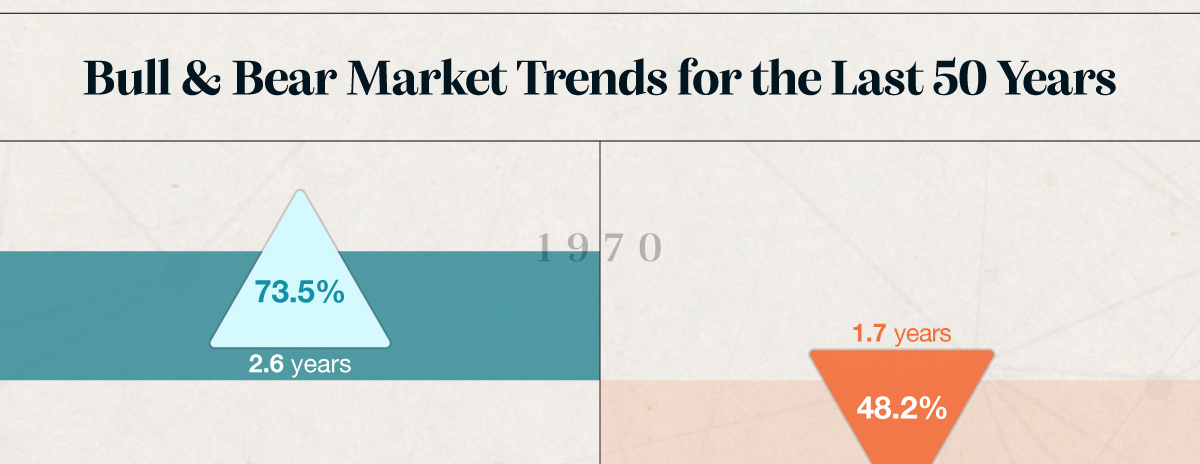Bull & Bear Markets: A Timeline





































Educational ETF infographic explaining benefits, types & mechanics. Features current statistics and citations.

Good employee health can be great for the company’s bottom line.

This calculator can help you estimate how much you should be saving for college.